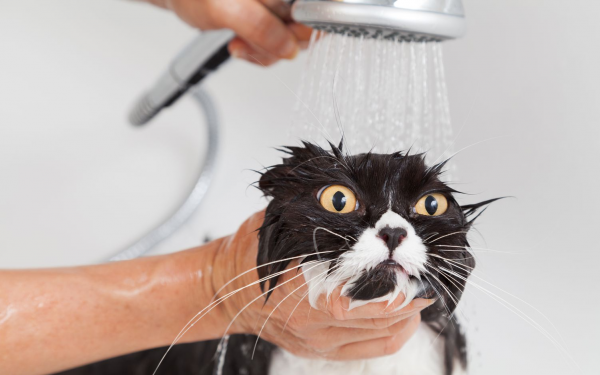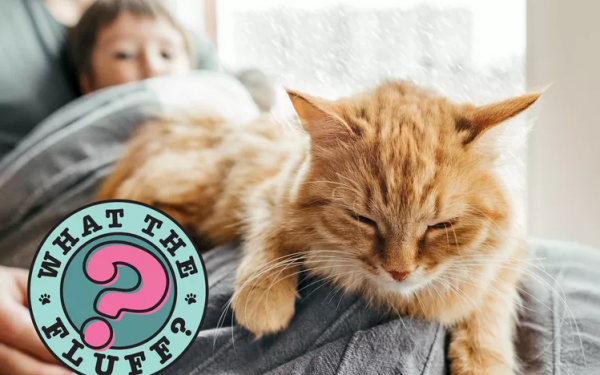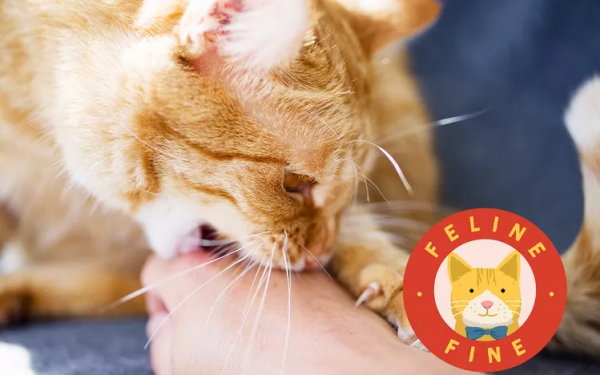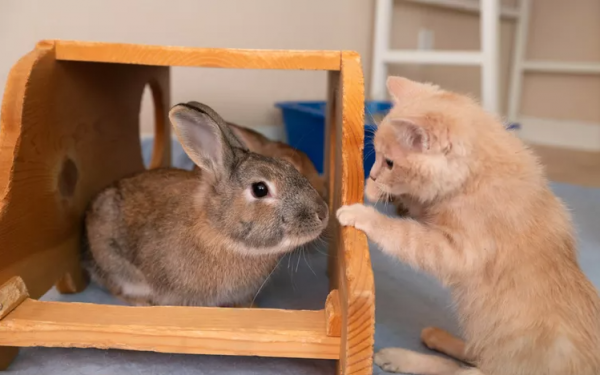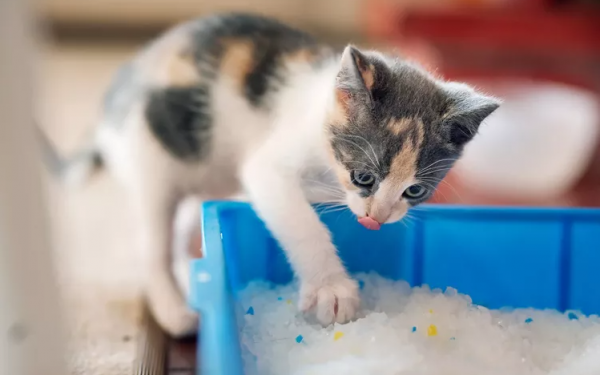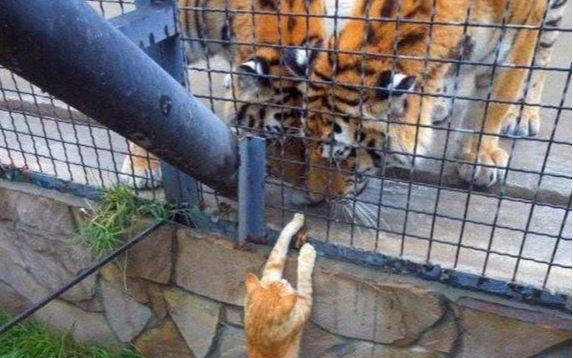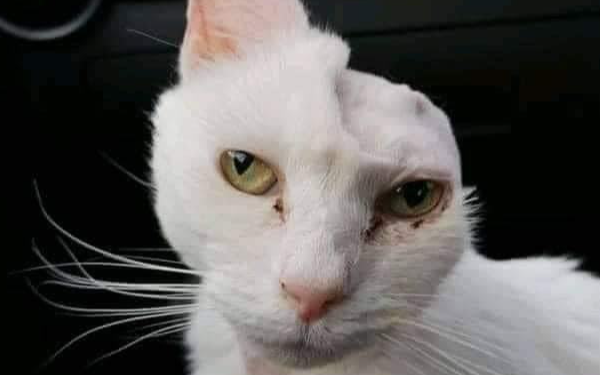How to Reduce Cat Dander & Allergies
Having cat allergies is no fun. The itchy, watery eyes, runny nose, sneezing, and wheezing can take all the joy out of being around cats. People often point to cat dander (shed skin cells) or hair as the main culprits, but Lynn Paolillo, an instructor at the says it’s a little more complicated than that. Read on to learn more about cat dander and how to get rid of it and other cat allergens.
What is Cat Dander?
Dander is invisible skin cells that cats naturally shed as a part of the normal growth cycle. It’s different from, which is when shed skin cells build up, clump together, and become visible as they fall off.
Unlike hair, you can’t see cat dander—but it in your home. It can be on your walls, furniture, bedding, and even in the air.
How Does Cat Dander Affect Allergies?
If you have pet allergies, you’re not alone. Up to or dogs, though cat allergies are more common. People with cat allergies can be sensitive to proteins found in a cat’s dander. But most of the time, cat allergies are triggered by a protein found in a cat’s saliva.
“Cats are fastidious groomers—they lick themselves all the time,” Paolillo says. “A cat’s saliva, with the protein in it, gets transferred onto their skin and coats. Over time, it dries, builds up, and flakes off either on its own or with hair or dander.”
All cats have the protein (called Fel d 1 ) in their saliva but at varying levels. “That’s why someone who’s allergic to cats may be fine with one cat, but then as soon as they touch another cat they have a big reaction,” Paolillo explains.
It also explains why kittens may not trigger allergies, but grown cats do. Kittens don’t do a lot of self-grooming. So it’s hard to tell if you’ll have an allergic reaction to a cat until it gets older and starts grooming itself.
f Cat Dander & Other Cat Allergens?When your cat sheds saliva-covered dander and hair, it clings to surfaces throughout your home. It can get sucked into a central HVAC system and further spread. To reduce cat allergens in your home, you have to do two things: Lower the number of allergens released by your cat and eliminate the ones already there.
How to Lower Your Cat’s DanderThe best way to lower the amount of cat dander and hair that’s shed is to, Paolillo says. Regular bathing removes the saliva buildup from a cat’s fur as well as dead hair, preventing it from falling off in your home.
Beware of dry shampoos, Paolillo says. They won’t get rid of loose fur, dander, and saliva build-up like a regular cat shampoo. You have to physically remove those allergens.
:max_bytes(150000):strip_icc():format(webp)/wet-cat-shower-664938444-2000-41f12182a74f4661933f69269c623c7b.jpg)
Cat dander and hair lingers on surfaces. So regular cleaning—including the walls, furniture, and floors—can help to cat allergens. You might also consider removing carpet and keeping floors bare, keeping your cat out of your bedroom, changing your clothes after petting or playing with your cat, and using an air purifier to remove airborne allergens.
If you or your loved ones have cat allergies, taking these steps may make a big difference in how you feel. The happier (and less sneezy) you are, the happier your cat will be too










